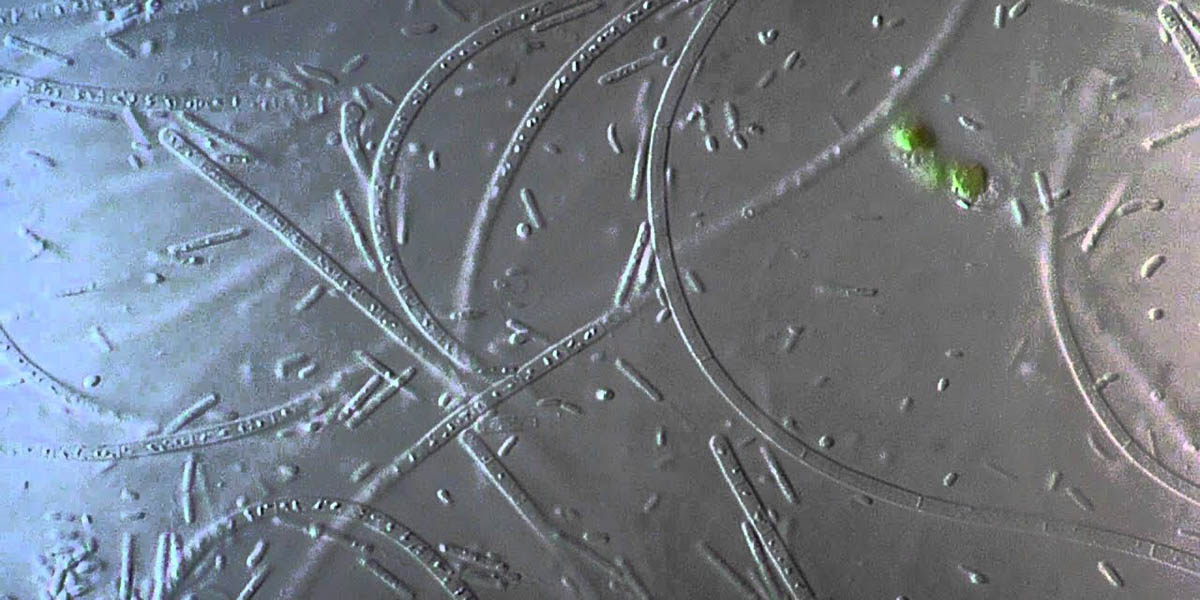This article is an excerpt from Springer Open Journal. References are included in original article.
Plant growth-promoting (PGP) microbes are rhizosphere associated organisms that colonize the rhizosphere and rhizoplane and improve plant growth when artificially inoculated onto the seeds or into soil. PGP microbes may promote plant growth either by direct stimulation such as iron chelation, phosphate solubilization, nitrogen fixation and phytohormone production or by indirect stimulation such as suppression of plant pathogens and induction of resistance in host plants against pathogens. The opportunities of PGP microbes include alternating applications of PGP microbes as bio-fungicides with inorganic fungicides to manage fungicide resistance and to reduce the number of fungicide applications per year. PGP microbes also plays an important role in inte-run-off of unused fertilizers and the environment damage that results.
PGP and biological control of plant pathogens has been addressed using actinomycete, bacterial and fungal antagonists. For example, strains of Streptomyces, Bacillus, Pseudomonas and Trichoderma were effective not only in helping plants to mobilize and acquire nutrients but also to control plant pathogens. Microorganisms with PGP and biocontrol potential were found at high incidence in compost, forest and pasture soils. PGP traits of actinomycetes have been reported on pea, bean, wheat and rice.
Five strains of Streptomyces spp. (CAI-24, CAI-121, CAI-127, KAI-32 and KAI-90), isolated from herbal vermi-compost, were earlier reported by us as having potential for biocontrol of Fusarium wilt in chickpea, caused by Fusarium oxysporum f. sp. ciceri. Also, the selected Streptomyces strains were reported to produce siderophore, indole acetic acid (IAA; except KAI-90), hydrocyanic acid, cellulase (only KAI-32 and KAI-90) and protease (only for CAI-24 and CAI-127). The objective of this study was to further characterize the five Streptomyces strains for their enzymatic activities (chitinase, lipase and β-1-3-glucanase), physiological traits (salinity, pH, temperature, fungicide tolerance and antibiotic resistance) and to evaluate for their PGP traits under greenhouse and field conditions in sorghum and rice.
Results
Evaluation of Streptomyces strains for their enzymatic activities and physiological traits.
All five Streptomyces strains produced β-1,3-glucanase and lipase but only three strains (CAI-24, KAI-32 and KAI-90) produced chitinase.


